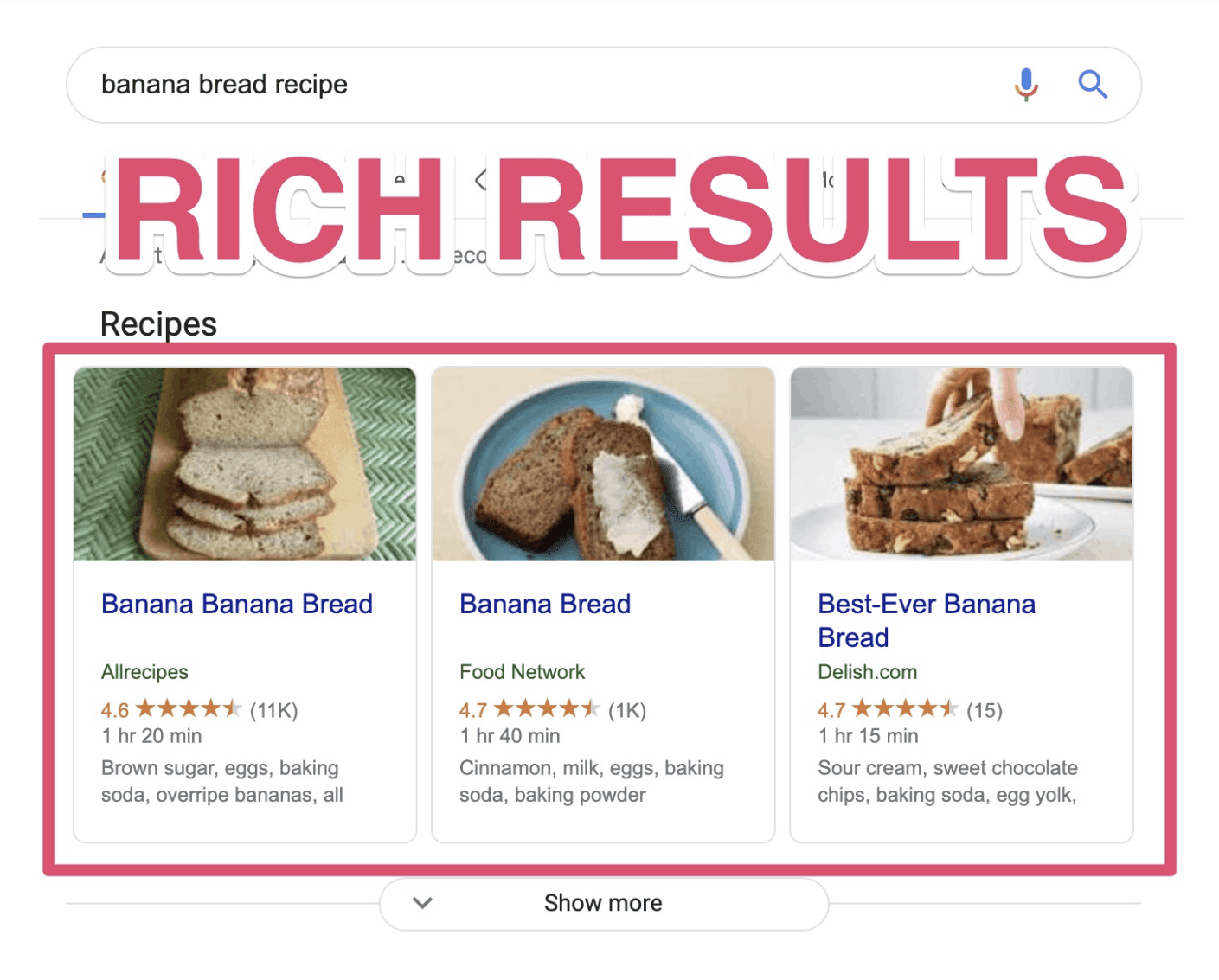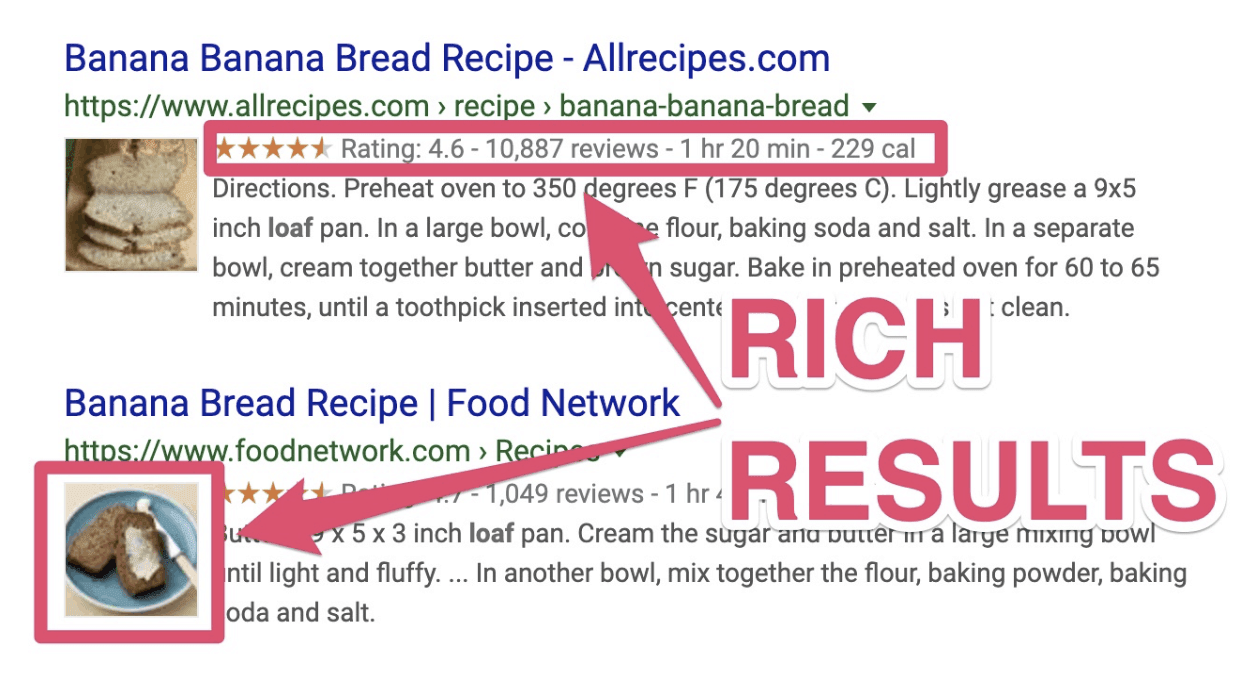Schema Errors & Warnings: What They Are, Why They Matter & When (Not) to Panic


In a previous post, we touched briefly on what schema is.
Today, we’re delving into schema warnings and errors: What they are, when you need to care and why it probably isn’t the emergency you are thinking it is.
First, I need to let you in on a secret. I’m not a developer. I’m not an engineer. I don’t know how to write HTML and am happy that I finally learned how to hard-code my no-follows. All I know about websites, blogging and troubleshooting technical issues comes from listening to others and trying it myself.
(And breaking stuff on my blog. A lot.)
Yes, this can be confusing and easier to ignore it (like I did with SEO for the first 6 years of my blog, argh), but we don’t have to. In all honesty, we can’t.
If you’re reading this at all, you’re ahead of the curve already. So stay with me as I attempt to explain this in real-people talk, not computer-people talk.
(Going to un-schema-myself, if you think about it.)

Schema is just computer-speak that standardizes certain kinds of content so Google (and other search engines and computers) can understand it.
There are SO MANY different types of schema, but for this post I’m going to mostly be talking about Recipe, How-To, and ItemList schema.
These aren’t the only, or most important types, but they’re the ones I spend the most time explaining, testing, using and helping people with.
Schema is the standardized way Google reads your information. If you have it, and it is valid (i.e. it passes the test), data that’s included in that schema is eligible to show up in Rich Results.
Those are all the extra bells and whistles that certain types of content have in search results. Like this:


NOTE: Each of your blog posts is either eligible or ineligible for Rich Results. Having perfect schema does not guarantee your data will be picked up by Rich Results.
You can check that using Google’s own Rich Results Test. Save that, you’ll want it later.
That brings us to the main point of this post: schema WARNINGS and ERRORS.

Every type of schema has a set of data that is required, as well as some additional data is that requested.
The best practice is to provide ALL of the available fields with relevant data, but just like life, things aren’t always perfect with blog posts. If you can’t give both the required AND requested data, focus on providing all of the required data. Why?
Required schema data, if not provided, will trigger Google Search Console ERRORS.
Having errors in your schema because you’re missing required information makes your posts INELIGIBLE for Rich Results. RED LIGHT. STOP AND FIX ME PLEASE.
Requested schema data, if not provided, will trigger Google Search Console (GSC) WARNINGS.
Your post will still be eligible for Rich Results if you have warnings associated with the schema. So, if you can, you should fix them, but having some errors hanging out in your GSC reports shouldn’t hurt you overall.
Definitely don’t stress over them to the point of fixing a million schema warnings instead of putting out new content. Or promoting existing content. This is like a yellow light. Speed up or slow down, but don’t quit driving.
(NOTE: Please consult an expert if you aren’t sure if this applies to you, as always.)
Think of Schema warnings as an annoying project you tackle for 20 minutes a day when you have time. It’ll give you extra bells and whistles, potentially, in terms of search results, but not impact WHERE you rank (3 or 23), or if your post is eligible for Rich Results.
Schema errors are something you call in the cavalry for and fix immediately, if not sooner. These also don’t impact WHERE (2 or 22) in search results you end up ranking, just how your results look, wherever they may fall.
To that end, it definitely impacts the CTR (click-through-rate) of your search results.
More than anything, Schema is there to enhance existing search results. It impacts how your results look on the page (Rich or poor… see what I did there?), but doesn’t directly impact where you rank, in most cases.
Schema = Good. You need it. Get some.
Rich Results = Really good. Make your search results more attractive and more likely to be clicked.
Google Search Console Errors = No Rich Results (for that post), less real estate in search results and lower click-through-rates (CTR).
Google Search Console Warnings = Still eligible for Rich Results, but you want as few as possible.

Evaluations based on my extremely scientific worry scale of 1-10: 1 is “meh” and 10 is “Oh, —-!”
Recipe Blogger gets an email that they have 700 warnings in Search Console, all of them for “missing video” in Recipe Schema.
Worry Scale: 2
Action: Start making videos and adding them to individual posts.
Priority: 4
Video is awesome for monetizing so this has double benefits. Also, Google loves video in posts. So … don’t panic, but make some videos. It’s easy, even if you don’t have any video right now.
DIY Blogger gets an email with 1 GSC error: Invalid object type for field “step”.
Worry Scale: 5
Definitely an action item since it’s an error, but it’s on ONE post, so it should be a fast fix.
Action: Drill down to the post that’s triggering the error, and make sure the schema is correct in your steps, or instructions.
Priority: 6
You’ll want to deal with this as soon as you can, and loop in additional help from your schema tool’s support if you don’t know what’s wrong.
DIY Blogger gets an email with multiple GSC warnings: Either “image” or “video” should be specified.
Worry Scale: 2
Action: Google would like to see a photo or video for each step of your instructions. If you have them, you can slowly work your way through and add photos or video to each step of each instruction in your HowTo cards. After you’re finished with each post that triggered the warning, you’ll want to “Validate Fix” in GSC.
Priority: 4
Tackle 3-4 of these a week. Keep this in mind when remaking something, in case you need more photos. Consider using stock images if that fits your needs, or hiring out someone to make your project and take step-by-step photos, if you’re in the hiring-out phase of the blogging game.
Stay up to date with the latest from Mediavine
Publishers spend time creating great content that keeps readers coming back, and we know that safeguarding that content and maintaining control over how it’s used are critical concerns in today’s …
 Eric Hochberger
Eric Hochberger
In a blog post last week, Google announced plans to launch generative AI into Search Labs with a new product called Search Generative Experience (SGE). What exactly is SGE, and …
Since ChatGPT’s release in November 2022, OpenAI’s prototype of generative AI — that is, artificial intelligence that can produce new content on demand — has dominated popular tech media. We’ve …